#silm edit
Text
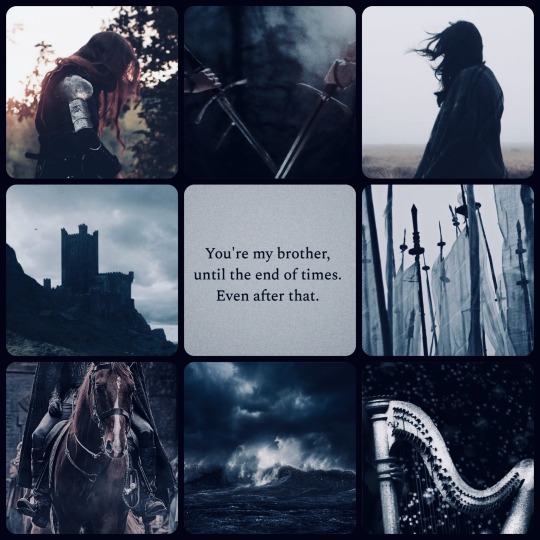
Bonds for @maedhrosmaglorweek
145 notes
·
View notes
Text
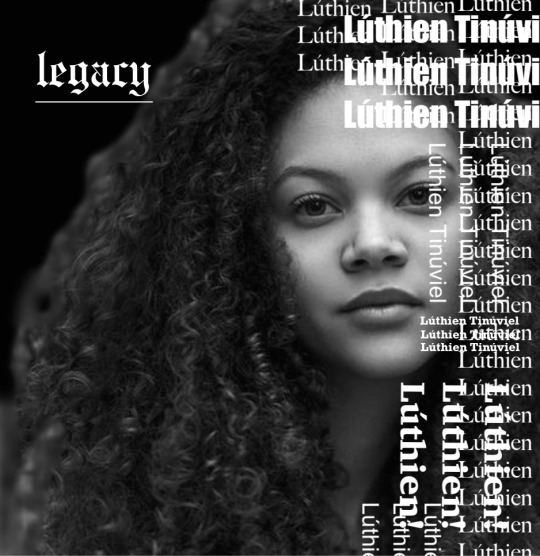


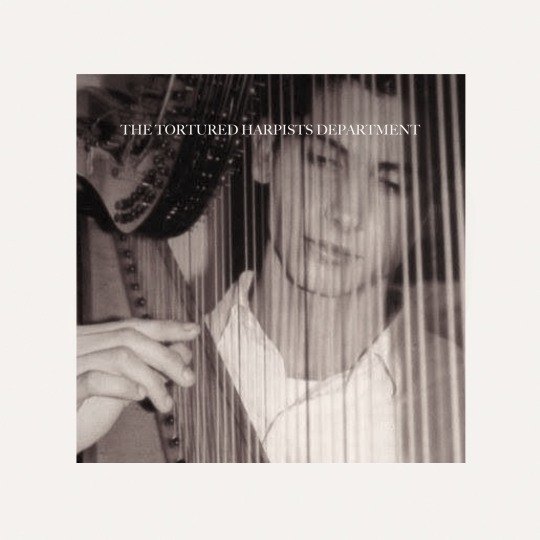
Silmarillion Singers as Taylor Swift Albums
Lúthien: Legacy (Reputation)
Finrod: 1989: Finrod's Version (1989: Taylor's Version)
Daeron: Noontimes (Midnights)
Maglor: The Tortured Harpists Department (The Tortured Poets Department)
#silm#silmarillion#luthien#luthien tinuviel#finrod#finrod felagund#daeron#maglor#music#taylor swift#reputation#1989 taylor's version#midnights#the tortured poets department#ttpd#tolkien#tolkien edit#silm edit
72 notes
·
View notes
Text

"Lo, Manwë Súlimo clad in sapphires, ruler of the airs and wind, is held lord of Gods and Elves and Men, and the greatest bulwark against the evil of Melko
@manweweek
31 notes
·
View notes
Text

But he had a gift to give
He could make you see how the world could be
In spite of the way that it is.
#fingon#findekano#silm edit#silmarillion#caption is from all ive ever known (intro) from hadestown#aka still out here orpheus-coding fingon. i cannot be saved
68 notes
·
View notes
Text



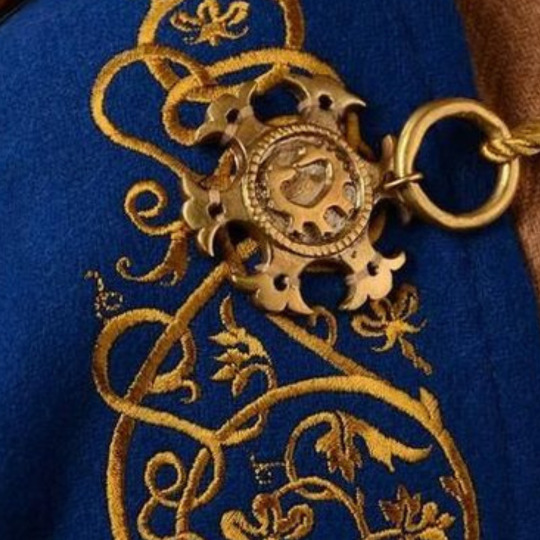

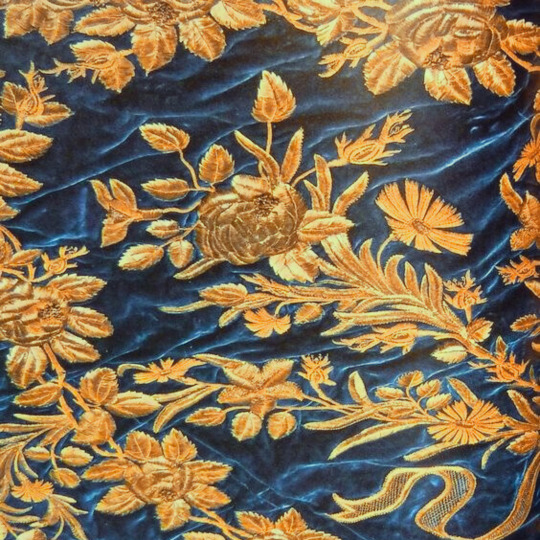



Arda pride month 🌻 aroace Fingon
78 notes
·
View notes
Text

Caranthir, also known as Caranthir the Dark, was the fourth son of Feanor and the harshest and the quickest to anger of his seven brothers
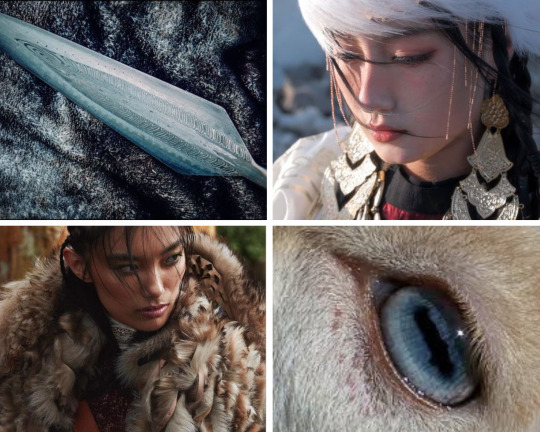
Haleth was the daughter of Haldad, leader of the Haladin (or Halethrim), one of the Three Houses of the Edain.
Head canons undercut
Caranthir was known to be the odd one of his family, and he felt something inside himself that he did not want to address, nor even acknowloge. However when he met Haleth, he thought her the most beautiful in all of Arda, despite her being in the race of men. His soldiers watched in awe as she was able quench his anger with ease, and match his with ten fold. He fell in love in less then a week, over the days they planned and aided in the rebuilding of the Haladins camp, and praised her valiance to the gall of Haleth. Caranthir was never good at making friendships easily, but with Haleth, they formed a fast and brazen connection, that sparked through his entire fea, and finally he felt as if someone understood him.
He offered her land and a courting proposal, but she refused. He was torn then, and asked why she had rejected him.
“I have no interest in men, but I do not find you distasteful. I am proud you see, and being together would only cause hardship; for both our peoples”
He and his company escorted her people to Estolad instead, and they began settling down. He often visited her land, for despite the failed marriage proposal, they became close still, but never past the confines of friendship, until something deep inside Caranthir changed.
One day when Haleth was braiding his hair, she surprised him by placinga braid in a style that is only used on women of her race. When he saw it, his heart lurched and for the first time in many centuries, he began to cry.
She had done it because she knew, that Caranthir was in the wrong body, before he himself had even realized it.
and he became a she.
They both finally dealt with their feelings that they had suppressed for so long, and they married in secret under the laws of the Haladin, and not of the Eldar.
Caranthir did not have too much body dysmorphia, she liked her prominent jaw line, and her male features. But on bad days she was able to talk and cry to Haleth without turning to anger and rage like she did before. No longer did she had to be mis-gendered, and her brothers took the news well, and braided a new family braid in her hair.
Yet Haleth grew old, and while Caranthir stayed in denial about her rising age, she suddenly was confronted with the gift of men....
mortality.
Haleth died while she was away in Thargelion, and her body was laid in a burial mound before she could even give her funeral rites. She visited her grave once, and never again, for her grief was described as a shadow, that it consumed the very light around her. Caranthir the dark fit her perfectly now. She became very fierce with the sindarin elves, and killed with little mercy in the second kinslaying.
She died in Menegroth; the thousand caves after being fatally wounded by Nimloth who stopped her from killing her young daughter Elwing. Her last words were to her brother Maglor, who told him to bring her body to Haleth’s grave to be buried next to her.
He did as requested, and beside Haleth’s overgrown grave, a new one was made.
68 notes
·
View notes
Text

The sons of Bór were Borlad, Borlach, and Borthand; and they followed Maedhros and Maglor, and cheated the hope of Morgoth, and were faithful.
Featuring Antonio Te Maioha as Bor, Benjamin Mitchell as Borlad, Julian Arahanga as Borlach, and James Rolleston as Borthand.
A belated Day 1 fill (family) for @tolkiengenweek
#tolkiengenweek#the silmarillion#tolkien#tolkien edit#silmarillion edit#silm edit#bor#borlad#borlach#borthand#first age easterlings#house of bor
20 notes
·
View notes
Photo

In that vast shadow once of yore Fingolfin stood:
his shield he bore with field of heaven's blue and star
of crystal shining pale afar.
#noldor#fingolfin#silmarillion#silmarillion edit#silm edit#my edit#my post#i'm actually not thrilled with this one because looking for pictures was hard & frustrating lol
109 notes
·
View notes
Text

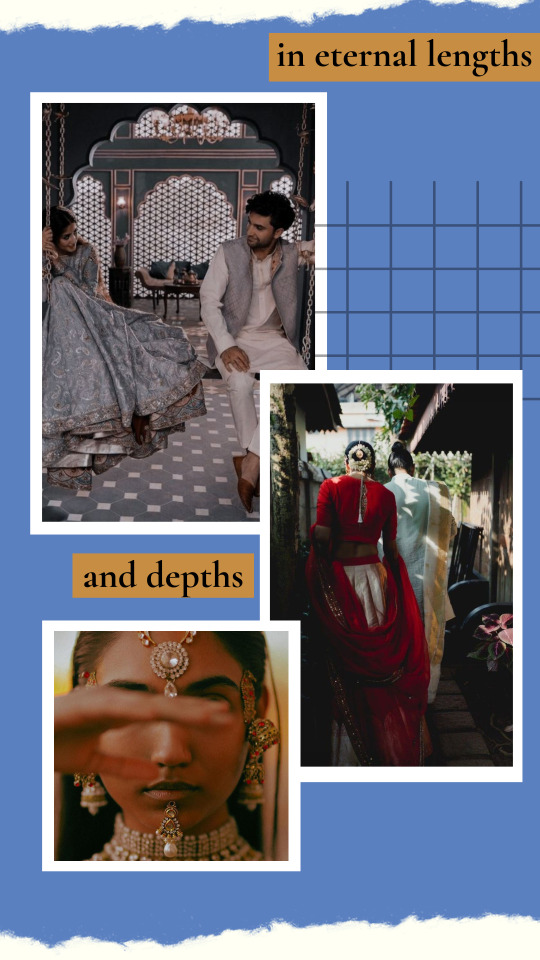

@finweanladiesweek | day 2: Findis and Lalwen | The life of Írimë Lalwendë | Headcannon
Of the second daughter of Finwë and Indis there is little written. Ask any historian about Írimë Lalwendë all they shall know if thus;
“His second daughter was named Írien and her mother-name was Lalwendë (laughing maiden). By this name, or in shortened form Lalwen, she was generally known. She went into exile with her brother Fingolfin, who was most dear to her of all her kin; but her name was not changed, since Lalwen fitted the style of Sindarin well enough. ”
-Excerpt From
The History of Middle-earth Vol-12- The Peoples of Middle-Earth J.R.R Tolkien
Tolkien, J.R.R.
Her unwritten story after crossing the Helcaraxë is one long forgotten. Once a skilled debater in the court of her father she was then named spymaster to her beloved elder brother. By his side she stayed until his death. There she passes out of the knowledge of her kin- some believed she faded from loss and grief.
In truth she found a new home in the town of Kindu Avarin and love in their leader Morwë. She bore one child- a son called Gilyaklar Phināroken in the language of the Avari, a name that would later be translated into Sindarin as Gil-Galad Finellach. Her happiness was not to last for it was not long before the Avari were attacked and her spouse was taken as a thrall to Angband.
If you could ask a historian they would tell you this; Írimë Lalwen‘a time in middle earth is bookends- she follows her brothers to a new world and followed her spouse into Andband itself.
Loyalty is where the heart is
in eternal lengths and depths.
Bound in love, and sealed in courage
-Loyalty Poem’ by Chris Schleier, Jr
[ID: 3 pages of character edit. The background is a sky blue, all text boxes are gold-orange and text is black. Overlaid is the first three lines of ‘Loyalty Poem’ by Chris Schleier, Jr.
Page 1:
-top right: a debate chamber
-top/center left: a fully body photo of a south Asian women dressed in blue and white with jewelry.
-center/bottom right: a black and white family photo of a large south Asian family
-bottom left: a worn leather satchel with scrolls on top
Page 2:
-top left: a south Asian man and women both dressed in blue. They are sitting on a swing.
-middle right: a pair of south Asian women walking down a road. One is dressed in red and the other in blue.
-bottom left: a close-up of a south Asian women’s face, she has her hands over her eyes, effectively covering her features. She is wearing jewelry.
Page 3:
-top right: an Asian person with long silver hair who is dressed in black
-middle left: cropped photo of a south Asian women in gold holding a small child who is also in gold.
-bottom right: close-up of bloody hands.
/End ID]
#finweanladiesweek#Eli edits#Lalwen#Írimë#irime lalwen#morwë#gil galad#character edit#silmarillion edit#silm edit#silmarillion graphic#silm graphic#graphic#edits#Gil galad son of Lalwen
40 notes
·
View notes
Text
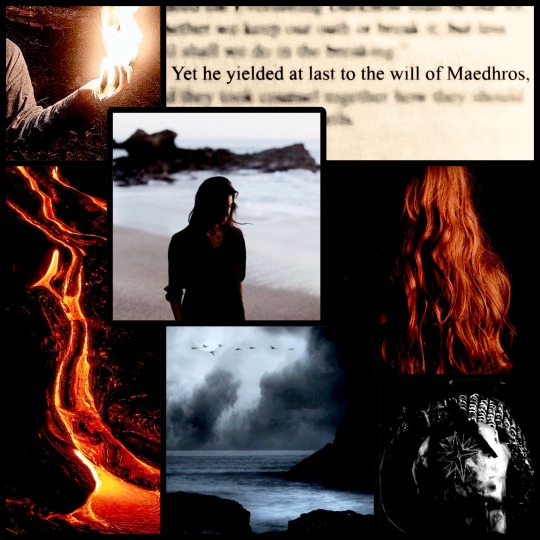
War of Wrath / weight of the decision to steal the Silmarils for @maedhrosmaglorweek, quote/concept suggestion from @mynameisjessejk
101 notes
·
View notes
Text
sometimes we just need someone to pay enough attention.
for the longest time i had been trying to read The Lord of The Rings. everyone had sung the praises for it, over and over. i'd seen clips of the movie and it seemed like it could be fun, but actually reading it was fucking horrible.
my parents had the omnibus - all the books squished into one big tome - and in the 4th grade i started sort of an annual tradition: i would start trying to read TLR and get frustrated after about a month and put it back down. at first i figured i was just too young for it, and that it would eventually make sense.
but every time i came back to it, i would find myself having the exact same experience: it was confusing, weird, and dry as a fucking bone. i couldn't figure it out. how had everyone else on earth read this book and enjoyed it? how had they made movies out of this thing? it was, like, barely coherent. i would see it on "classics" list and on every fantasy/sci-fi list and everyone said i should read it; but i figured that it was like my opinion of great expectations - just because it's a classic doesn't mean i'm going to like experiencing it.
at 20, i began the process of forcing myself through it. if i had to treat the experience like a self-inflicted textbook, i would - but i was going to read it.
my mom came across me taking notes at our kitchen table. i was on the last few pages of the first book in the omnibus, and i was dreading moving on to the next. she smiled down at me. only you would take notes on creative writing. then she sat down and her brow wrinkled. wait. why are you taking notes on this?
i said the thing i always said - it's boring, and i forget what's happening in it because it's so weird, and dense. and strange.
she nodded a little, and started to stand up. and then sat back down and said - wait, will you show me the book?
i was happy to hand it over, annoyed with the fact i'd barely made a dent in the monster of a thing. she pulled it to herself, pushing her glasses up so she could read the tiny writing. for a moment, she was silent, and then she let out a cackle. she wouldn't stop laughing. oh my god. i cannot wait to tell your father.
i was immediately defensive. okay, maybe i'm stupid but i've been trying to read this since the 4th grade and -
she shook her head. raquel, this is the Silmarillion. you've been reading the Silmarillion, not the lord of the rings.
anyway, it turns out that the hobbit and lord of the rings series are all super good and i understand why they're recommended reading. but good lord (of the rings), i wish somebody had just asked - wait. this kind of thing is right up your alley. you love fantasy. it sounds like something might be wrong. why do you think it's so boring?
#thanks for reminding me this happened#writeblr#warm up#i don't think this story translates well to the page#IRONIC!!!! :)#but yeah man i read the Silmarillion before i read the hobbit#the omnibus didn't explain what it was and i figured - you start at the beginning and then you read from the beginning#that's how books work#how was i supposed to know#EDIT IN THE TAGS: hi i think i worded this in a confusing way#the omnibus had ALL the stories in it - the silm#the hobbit#and all of LOTR#they just put the silm in the front so i thought logically it was the first book#that's how an omnibus usually works after all - the first book in the series is the first book in the tome#to be fair i GUESS the silm takes place “before” the hobbit????
6K notes
·
View notes
Text

#EDIT: I MEANT ‘’SILM FANS’’ NOT ‘’SILM’’#silm#silmarillion#lotr#the silmarillion#tolkien#jrr tolkien#j r r tolkien#lord of the rings#my post#mine
2K notes
·
View notes
Photo


The King & His Lieutenant
#mairon#sauron#melkor#morgoth#angbang#silm edit#i used different people bc i like to imagine sauron esp likes to switch between incarnate forms like outfits#or at the very least change up styles from time to time#also i cant decide on faceclaims for the life of me -#NKJGSNRKJGSNJGK
133 notes
·
View notes
Text



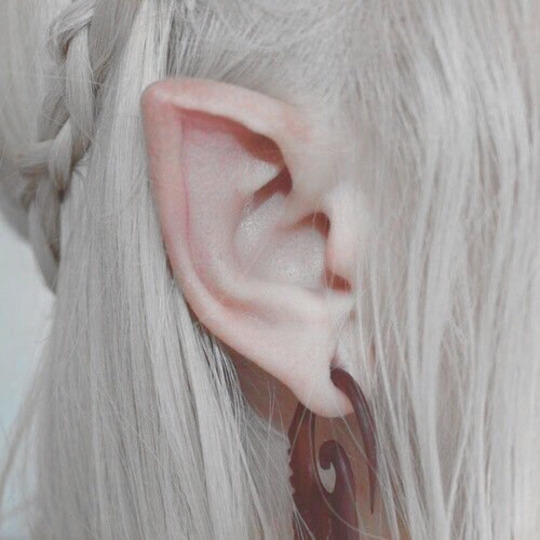
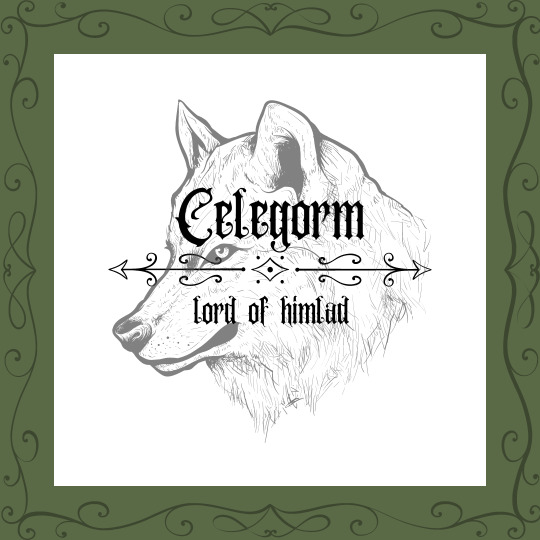



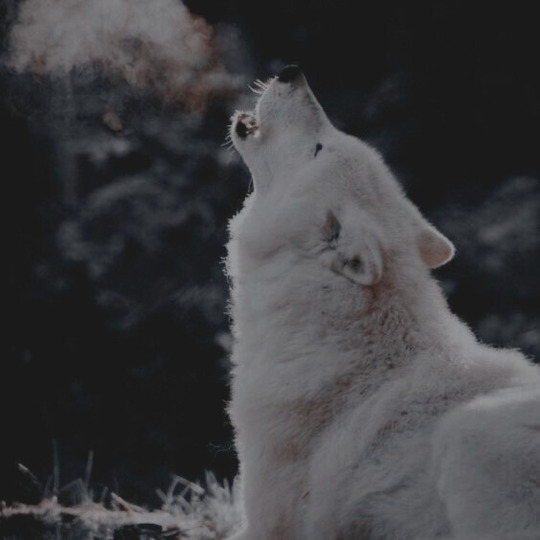
Arda pride month 🐺 aromantic Celegorm
29 notes
·
View notes
Text


“Harfoots of the first age suffered greatly”
Over the past few months, I've been forming a rough idea on hobbits (harfoots) who lived not just in early third age or second age like “Rings Of Power” likes to believe, but actually are much more ancient, descending from the first age. I have built around a culture that they would have, stemming from what I know of Tolkien's already written history of harfoots, and I would like to go even further. On more of the fine details, their culture, how they affected the first age and why they were written out of history. This will be a series of meta posts, and this is part one of five that I have planned. This will be focusing on the rough outline of their history, to get people interested before I go into what their folklore was, how their migrations worked, some of their notable figures, there culture and customs.
Before I continue I would like to mention that this is not about “Rings Of Power “portrayal” of Harfoots, this is completely my worldbuilding and culture creation. also these are only headcanons, not canon.
Anyway, let's get to it!
The Harfoots resided in Beleriand, long before the Noldor returned from Aman, and none knew where they came from. They lived in Thargelion, living in the tall grass that grew there. It was flat, with protruding mounds, so that you could have a clear view of Lake Helvorn and the blue mountains. They lived as the hobbits of the shire did, with the same concept as holes underground, but less sophisticated. These holes were like gainat ground squirrel holes, dug directly in the dirt, straight down and not in the side of hill. Their walls were made of packed grass and soil, building a technique to keep the soft mound from caving in by learning to take great stones and roll them with their wagons all the way from the lake bed of Helvorn. Which became heavily ingrained in their culture to live in holes, a longest ancestral tradition.
Their society was built on surviving, nothing was audaciously adorned, everything was to be used to hide from morgoth's spies. As they were built on highlands of a plateau, they had access to upperground which allowed them to hide for longer.In fact, none knew they existed until the first rising of the sun and moon, when dwarves discovered them. At first they thought them faeries, and were wary of them, before it gave way to eager friendship between the two peoples, who were both very different and alike.
They were semi nomadic pastoralists, who relied heavily on trade with the dwarves, who raised sheep and gathered food in trade for metal pots, wool, clothing and other things that helped their colony to continue surviving. They had many places to set up throughout Thargelion, all the way to the first river of Ossiriand. They would have seasonal migrations from the plains to the entrances of great Dwarf-holds to keep their sheep warm for the winter, where they would be sheared and clothing would be made. They would have a main village near the greater gelion, where the early “smials” were created.
When Caranthir took rule of Thargelion, the hobbits did not pay homage to him. It was a large area, and not populated by elven settlements throughout the middle part, and seldom could he find the small smials, or even care to look for them. Only when they were travelling with dwarves on the dwarf road would they have to pay for access.(I’m sure the dwarves had a few ways to cheat the harfoots out of paying the tax, Like hiding them in their wagons.) and Carnthir, though interested in their lore, paid them no mind.
The hobbits too were relatively safe, at the time. Carnthir and his troops patrolled the borders of Thargelion, so it was not often that an orc battalion would slip through. Rarely did they ever find the hobbits, for they were good at hiding, and defences strong from what the dwarves crafted for them. If they were truly attacked, the dwarves and sometimes spare elves would come to their aid if they were near, but it hardly came to that.
With the cross community of Dwarves-Hobbits often mixing with each other, there were many cases of Dwobbits (dwarf-hobbits) being made. Though few since dwarves tend not to find their “one” outside their race. This caused different sects of hobbits, which would later breed back into the harfoot race, but caused slight physical differences which would lead their clan to be called the Stoors, who could grow beards.
In their culture, food was valued highly, for it meant survival. They had many rituals for when the first berry of the spring began to show, and sang songs when winter came to brush it all to frost. Those who heard the singing from the harfoots said it was an enchanting thing, eldritch and unique, but haunting nonetheless. Usually their musical instruments would involve wooden flutes, drums and tiny bells they would put around their ankles to make noise when they danced. Their songs were fast-paced with many interpretations with imitating chirps of birds and crickets that dwelt with them.
The hobbits suffered gravely, but near the time Carnthir came to Thargelion, they were relatively safe. Carnthir and his troops patrolled the borders, so it was not often that an orc battalion would slip through. Rarely did they ever find the hobbits, for they too were good at hiding and concealment, their defences strong from the sturdiness of dwarves. If they were truly attacked, the dwarves and sometimes spare elves would come to their aid if they were near, but it hardly came to that.
Harfoots were traditionally skinnier than hobbits of the third age which is why the beauty standard for hobbits was to be chubby or plump. It showed them that being big was comfort and safety, being skinny took them back to the primal fear of starving, and once they didn't have to worry about it, they were able to see being plump as beautiful and meant you were well off. Their clothing also reflected their surroundings. Though the dwarven style of clothing lended for brighter colours, they found ways to dye it to more natural/neutral colours that they would be able to hide better in the grass. By then they were able to make their own clothing much easier than before, and everyone at least had several pairs. They build nets covered in leaves, so that if they ever needed to hide, they would go under it and blend in to their surroundings.
However, their race would be utterly desecrated. In the Dagor Ballgorach, Galrung and his army came down from Angband and set the harfoots' world on fire. The dwarves did not come in time, and when they did, they were harshly beaten back. Many settlements of the harfoots were turned to ash, most of Thargelion and their ancestral migration roads were destroyed. Only a dozen family groups survived, and taking all they had left, took the dwarf road and crossed along the mountains of Ascar and passed through Sarn Athrad where they only stopped once to replenish supplies with the Dwarves of Nogrod. They did not stay long, for the harfoots were more close with the dwarves of Belegost, and these ones were less generous.Then they left the underground and continued past the blue mountains and into middle earth. The second age begins for them, and lead a hunter-gathering lifestyle until the fallohides lead them to where the sects of hobbits would separately settle, in the northern regions of Middle-earth in the early first age.
It is said that hobbits only entered the history of men until the third age. It is a common misconception that hobbits didn't exist until the third age. This could be because they were not notable in any way during the last two ages, but I think they were very prominent in ancient dwarves' history, like in the kingdoms of Nogord, Belegost and other ancient dwarven kingdoms. Considering the closely connected cultures, it would be realistic. However I believe that these were written history, and most of the records were destroyed by dragon fire in the kingdom's fall, only to be forgotten orally by dwarves who later did not see the hobbits for centuries after since they moved all over the place in the second age.
Feel free to leave me questions in my ask box, I want to be challenged on creating this society, and I’m always in need of more ideas that can help corporate into a realistic looking culture.
For my next few posts, I’ll be focusing on their Folkore containing elves and men, and some Ocs that helped with cultivating their society, the most famous being Razo Thorn foot who was eloped to a dwarf lord of Belegost, otherwise known as Azghal.
44 notes
·
View notes
Text
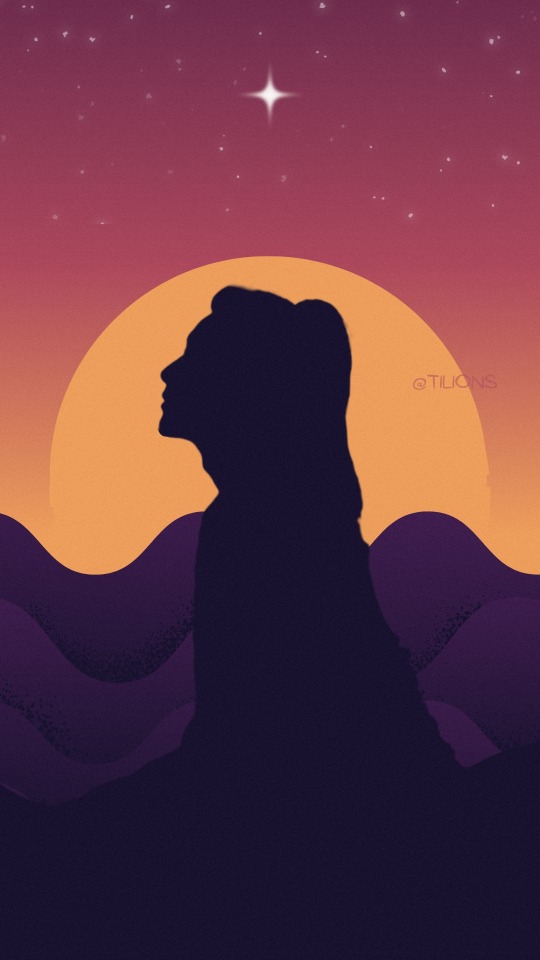
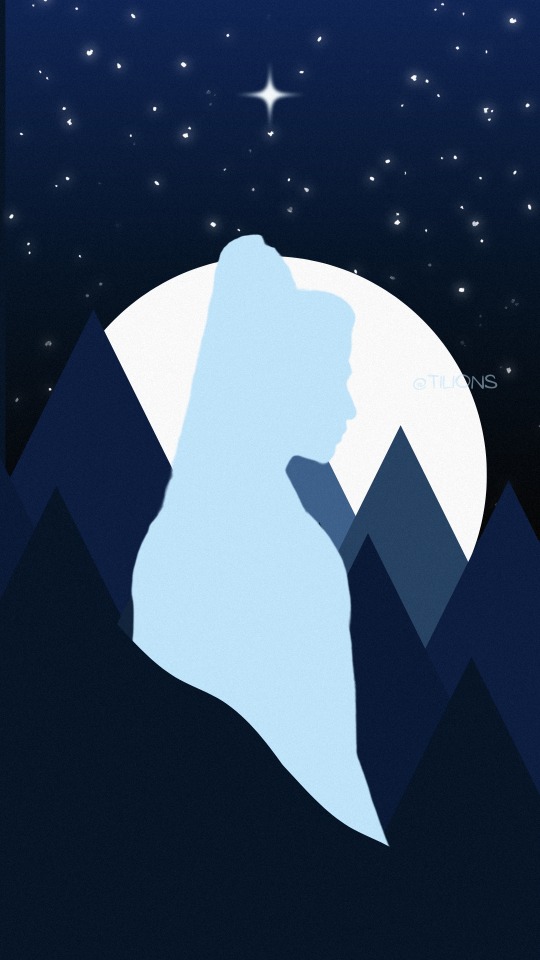
→ elros & elrond — the first king of númenor and the lord of the last homely house
#elros tar minyatur#elros#elrond#elrond peredhel#elrond and elros#my art#my edit#tolkien#silmarillion#lotr#silm#the lord of the rings#the hobbit#✨ mine#i had feelings about them again#SO MANY FEELINGS#so here we are#the return of the silhouette edits#retro arda#(i guess we're reviving that tag lol)
409 notes
·
View notes